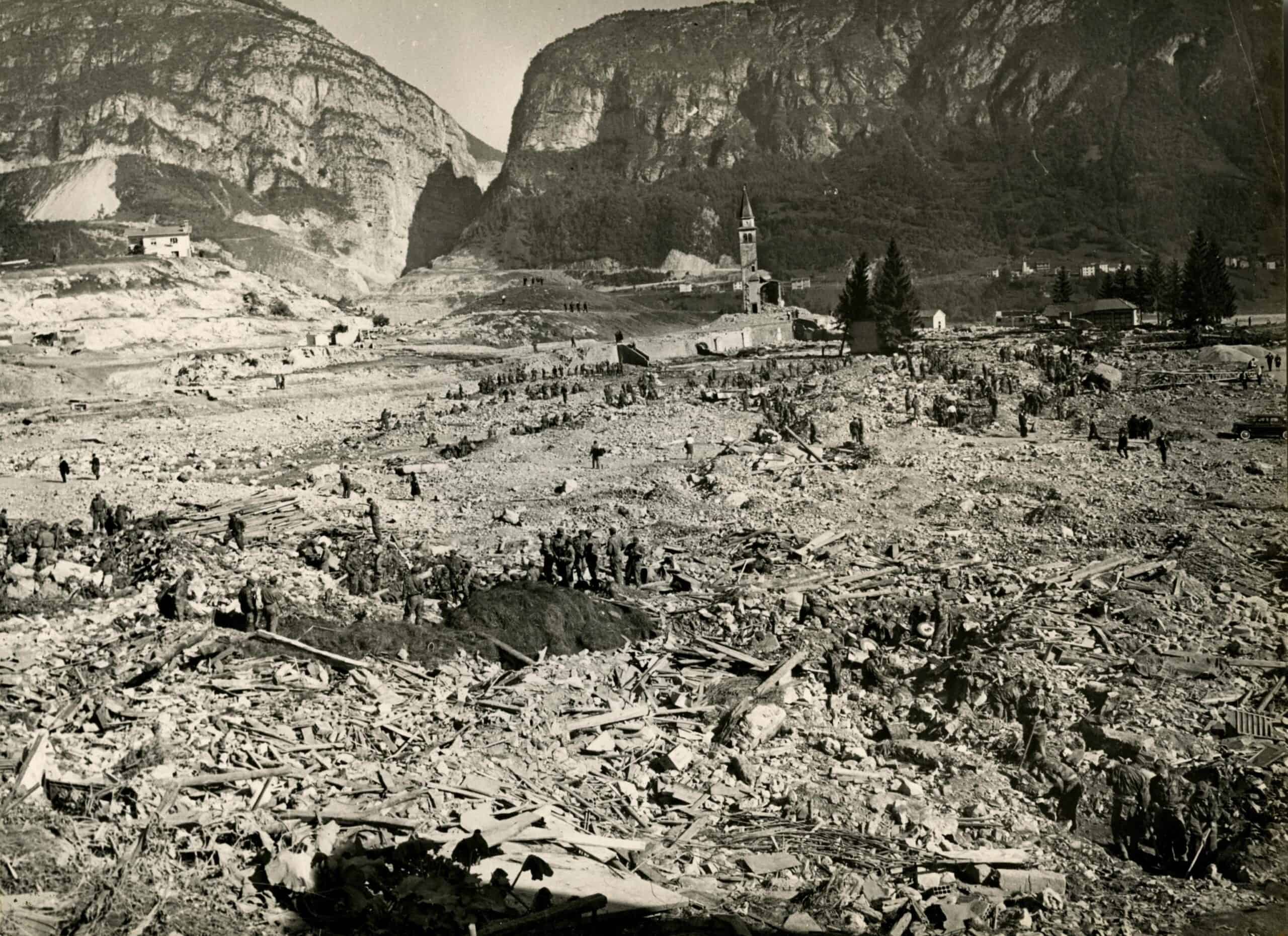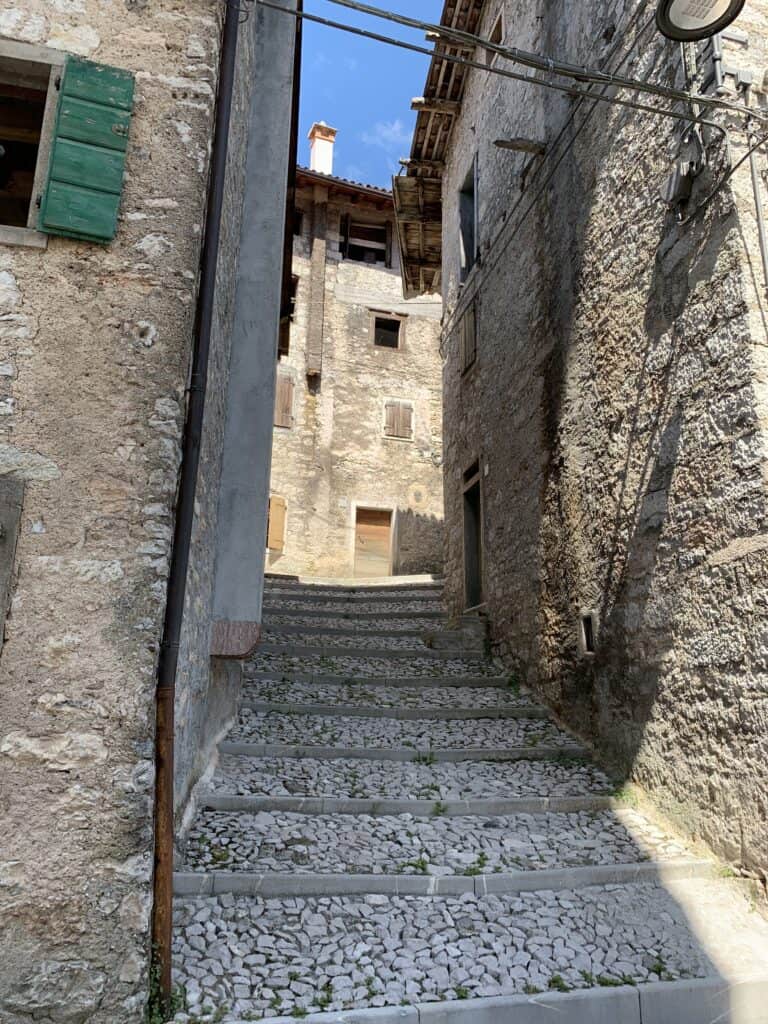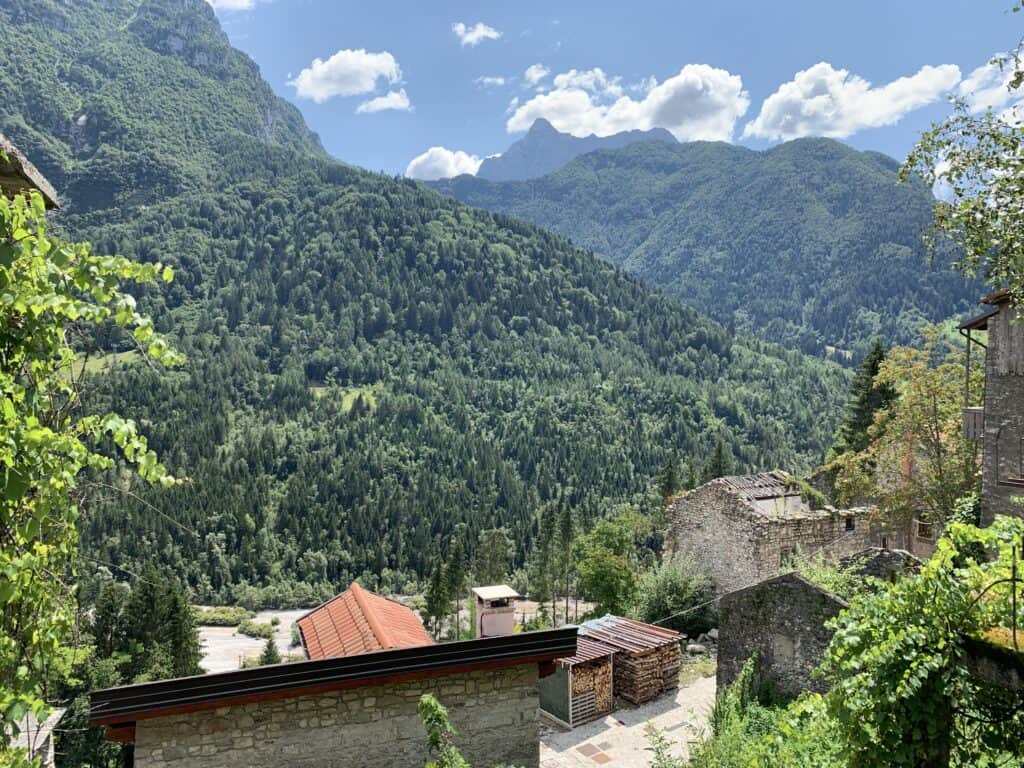
The earliest finds in Longarone date back to the Roman era as confirmed by the findings of Roman tombs and the remains of an elaborate communication route.
In the late Middle Ages Longarone was an Episcopal domain until 1250, then it became the possession of Ezzelino III da Romano, and in 1300 of the Scaligeri, following that of the Da Carrara and finally of Visconti. Finally, in 1420 Longarone fell under the rule of the Republic of Venice. During the Napoleonic period, in 1806, Longarone became a municipality and in 1866 it was annexed to Italy. On November 9, 1917 at the height of the First World War, Longarone was the site of a notorious battle in which the then young lieutenant Erwin Rommel was the famed protagonist.
In December 1959 this same town gave life to the first ice cream fair, thanks to the century-old tradition of artisanal ice-cream makers families who made traditional Italian ice-cream known around the world. Longarone is now home to the International Exhibition of Artisan Gelato (MIG).
On October 9, 1963 at 22:39 the town was struck by the Vajont disaster, a massacre caused by a landslide that broke away from Mt. Toc and plunged into the artificial basin created by the Vajont dam. This landslide created a massive wave that overtook the dam and swept over the town of Longarone completely destroying it and causing 1,458 deaths. What is now the urban area of Longarone originates from a detailed plan approved in 1965, and was the first urban plan following the Vajont disaster. Today the municipality of Longarone has more than 5,000 inhabitants.
The municipality of Erto and Casso, situated in the Vajont Valley, is located in the province of Pordenone on the border with the province of Belluno. The existence of Erto is well documented by ancient excerpts from the Roman age and by a donation act from Sesto al Reghena which dates back to the 8th century, while the more recent origin of Casso is confirmed in the 11th century.
There are considerable linguistic differences between the two towns: Erto speaks a dialect that lies somewhere between Dolomite Ladino and Friulian, while in Casso there exists a Veneto Bellunese dialect, which is similar to the archaic Veneto dialect. Also, from an ecclesiastical point of view, the two villages are separate: Erto is part of the diocese of Pordenone, while Casso resides within the diocese of Belluno-Feltre.
Until the end of 1950s the community was profoundly linked to the traditional agricultural economy, integrated with small itinerant trade. Between the 1950s and 1960s, Società Adriatica di Elettricità (SADE) developed a project to use the Vajont valley as a water reservoir. In 1960, at the start of the first reservoir test, two landslides occurred. As a result, the unstable slope of 200 hectares was in need of constant monitoring. The reservoir was tested again, with a second filling in 1962 and a third test the following year. Despite the imminent landslides, no adequate measures were taken to protect the inhabitants.







